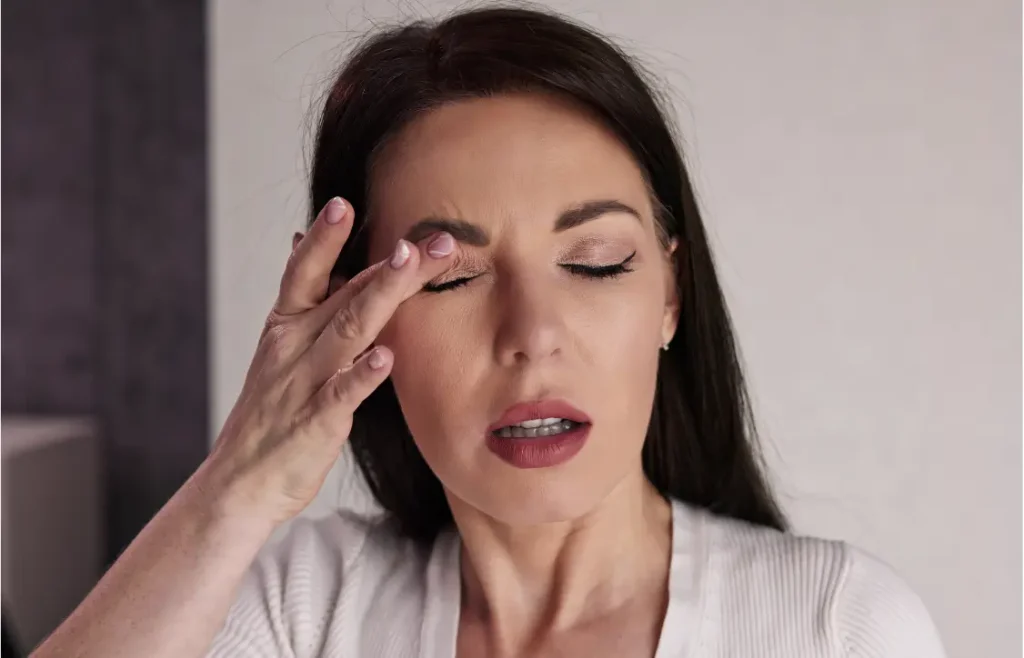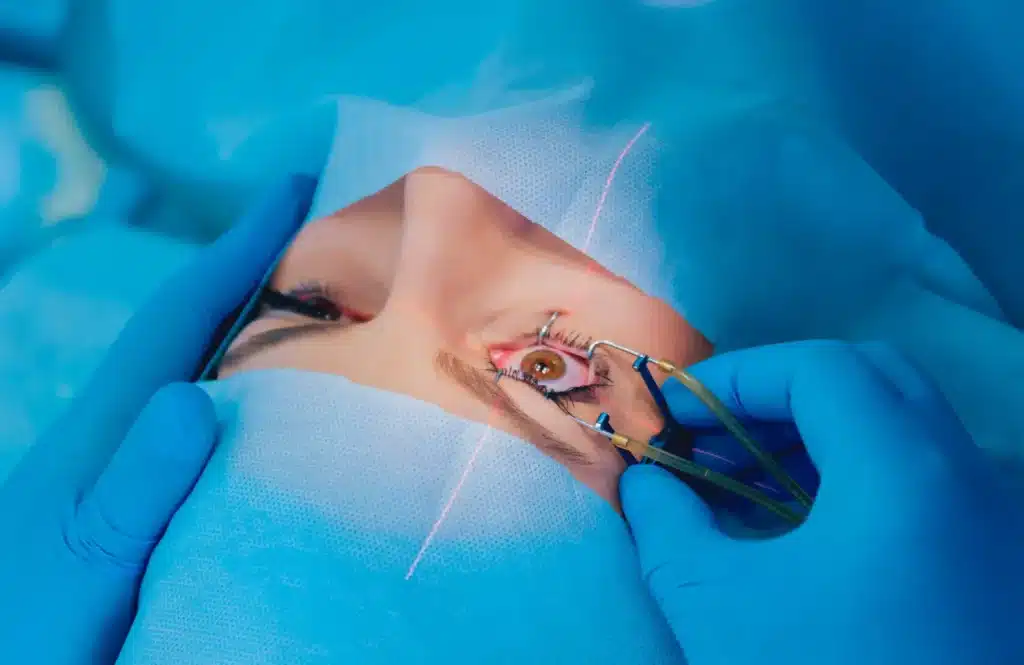Innovative treatments continually reshape the landscape of aesthetic medicine, with injectable fillers leading the charge. Over the years, experts and aesthetic specialists have observed how soft tissue filler treatments keep increasing, highlighting the escalating demand for these minimally invasive procedures.
Restylane and Juvederm have established themselves as leaders among cosmetic fillers. Restylane is known for its granular texture, ideal for sculpting and adding volume. Meanwhile, Juvederm’s smoother gel is adept at filling fine lines and wrinkles. Both use hyaluronic acid to plump the skin, yet their distinct properties cater to different aesthetic desires.
In this article, we will compare Restylane and Juvederm, examining their composition, application, and the results one can expect to provide a clear perspective on how they stand apart in cosmetic enhancement.
Key Takeaways
- Restylane and Juvederm are two leading brands of hyaluronic acid-based dermal fillers widely used in aesthetic medicine.
- Both fillers have unique formulations, indications, longevity, injection techniques, patient satisfaction rates, and safety profiles.
- Understanding the differences between Restylane and Juvederm is crucial for medical professionals to make informed decisions when selecting the most suitable filler for their patient’s aesthetic goals and preferences.
About: Medical Spa RX provides premium products at the best prices for medical practices. If you’re looking to buy Restylane online for your practice, the sales representatives at Medical Spa RX can guide you.
Introduction to Restylane and Juvederm

Restylane is a popular choice among medical professionals for wrinkle treatment. It uses hyaluronic acid to smooth out lines and bring back volume to the face. This filler has stabilized hyaluronic acid gel particles.
Juvederm’s secret lies in its use of hyaluronic acid, a naturally occurring substance in the skin. The product stands out due to its malleable gel form, which smoothly integrates with facial tissues to restore volume and rejuvenate appearances.
Formulations and Composition
Restylane uses hyaluronic acid to smooth out wrinkles and restore facial volume. This ingredient acts like a sponge in the skin, holding onto water for a plumper look. The unique thing about Restylane’s formula is its specific particle size and how these particles are crosslinked.
Moving from Restylane to Juvederm, the focus shifts to another popular choice for those aiming to combat signs of aging through dermal fillers. Juvederm’s formula also banks on hyaluronic acid, a key molecule known for its skin-plumping and anti-aging effects.
| Component | Restylane | Juvederm |
| Cross-linking Agent | Butanediol Diglycidyl Ether (BDDE) | BDDE |
| Concentration of Hyaluronic Acid | 20 mg/mL | 24 mg/mL |
| Particle Size | Varying sizes for different product lines | Smaller, more uniform sizes leading to smoother injection |
| Lidocaine Inclusion | Available in select products for pain reduction | Commonly included to enhance patient comfort |
| Range of Viscosity | Wide range to suit various treatment areas | Generally lower, promoting ease of injection |
Indications and Approved Uses

Restylane and Juvederm are used to smooth wrinkles and add volume to the face. Doctors choose them for different face parts, including Restylane for tear troughs. Restylane received FDA approval in 2003, making it a trusted choice for many seeking facial rejuvenation.
Restylane and Juvederm can stretch beyond these confines into more creative uses. Medical professionals use these fillers off-label for lip enhancement, hand rejuvenation, and even non-surgical nose jobs.
Longevity and Durability
Restylane treatments offer lasting results for about ten months. The specific product chosen and personal factors play a significant role in this duration. Some people see their results stay for up to 12 months or more.
Switching focus from Restylane to Juvederm, we examine the duration of results for this popular filler. Juvederm is renowned for its long-lasting effects in facial rejuvenation and wrinkle reduction.
Crosslinking and particle size are critical to the longevity of Restylane and Juvederm. Crosslinking helps the filler stay stable in the body for a longer time. The more crosslinks, the slower the body breaks down the filler.
Injection Techniques and Best Practices

Proper injection techniques are critical to getting the best results from Restylane. Since Restylane has a granular and cohesive texture, so injecting it smoothly into the skin requires skill.
Juvederm fills out lines and wrinkles using a smooth texture that sets it apart from other fillers—like Restylane. For best results, experts often use injection techniques such as serial puncture and tunneling.
| Aspect | Restylane | Juvederm |
| Injection Depth | Varies by product line, generally mid-to-deep dermis | Typically injected into the mid-to-deep dermis, depending on the specific product |
| Volume | Granular texture allows for precise volume restoration, especially in deep lines | Smooth consistency is ideal for subtle volume enhancement and contouring |
| Potential Adverse Events | Includes swelling, bruising, and nodules. Cohesiveness may contribute to specific injection site reactions. | Common side effects include redness, bruising, and, less frequently, granulomas. Smooth texture influences the type of adverse events. |
Patient Satisfaction and Safety Profiles
Patients often choose Restylane for its effective wrinkle reduction and facial volume restoration. Studies show that users are generally happy with their outcomes. This satisfaction comes from the filler’s ability to smooth out lines and bring back youthful fullness to the face.
Patients highly praise Juvederm for smoothing wrinkles and restoring facial volume. Studies show that 90.4% of people who received Juvederm Ultra Plus were happy with the results.
Characteristics of the Juvederm and Restylane
Restylane Kysse and JUVÉDERM Ultra aim for natural-looking results, each blending into the surrounding tissues. Restylane offers a slightly more granular texture that bonds well with tissue, giving a soft and natural fullness, especially in lip filler applications.
On the other hand, JUVÉDERM is known for its smooth finish that integrates quickly into the tissue for an immediate effect of volume restoration and wrinkle reduction. This difference affects how each product feels to the touch post-injection and impacts the overall satisfaction depending on individual needs.
Comparative Efficacy and Versatility
Juvederm and Restylane both work to make skin look younger. They fill wrinkles and add volume to lips with excellent results. But they work a bit differently for each person’s face. Juvederm is often the go-to for deep lines and enhancing lips because it’s smooth and works well in these areas. Because of its unique texture, Restylane can be better for fine lines and delicate areas like under the eyes.
Conclusion
Restylane and Juvederm are highly effective hyaluronic acid-based dermal fillers with distinct characteristics and advantages. By considering their comparative efficacy and versatility, medical experts can tailor treatments to meet individual aesthetic goals and preferences, ultimately enhancing patient satisfaction and outcomes.
FAQs
1. What’s the main difference between Restylane and Juvederm?
Restylane is great for fine lines, while Juvederm works well for deeper wrinkles.
2. How long do the effects of Restylane last compared to Juvederm?
Restylane lasts about 6-12 months, but Juvederm can last up to a year or more.
3. Can I use Restylane and Juvederm together in one treatment session?
Yes, some people get both fillers in different areas during one visit to match their needs.
4. Are there any side effects with these fillers?
Both fillers might cause mild swelling or bruising at the injection site, but it usually goes away quickly.
5. Which filler is better for plumping lips, Restylane or Juvederm?
Juvederm is often chosen to give lips a fuller look because of its smooth consistency.
References
Claudette GJCA de Vries & Robert E Geertsma (2013) Clinical data on
injectable tissue fillers: a review, Expert Review of Medical Devices, 10:6, 835-853, DOI:
10.1586/17434440.2013.839211
Brandt FS, Cazzaniga A. Hyaluronic acid gel fillers in managing facial aging. Clin Interv Aging. 2008;3(1):153-9. doi: 10.2147/cia.s2135. PMID: 18488885; PMCID: PMC2544360.
Healthline. (n.d.). Juvederm vs. Restylane. Retrieved from https://www.healthline.com/health/juvederm-vs-restylane



















